What’s reactive marketing and why so much buzz around it?
Let’s dive into why businesses apply reactive marketing strategies and why your company may be left behind by competitors without one. We’ll also arm you with clear-cut instructions and relevant examples on how to apply reactive marketing to your brand to maximize your business performance.
Reactive Marketing: What It Is and What Advantages It Has in Store for Brands
What’s Reactive Marketing?
It’s virtually any specific marketing method that is used to demonstrate your company’s reaction to vital situations and phenomena that typically happen unexpectedly for both you and your customers.
Tracking newsworthy events, you can express your brand’s attitude in any possible way: via tweet, advert, email, blog article on your website, etc.
It can be even the simplest phrase like the one Coca-Cola created as a response to the coronavirus restrictions. It was a social distancing message on the billboard in Times Square.
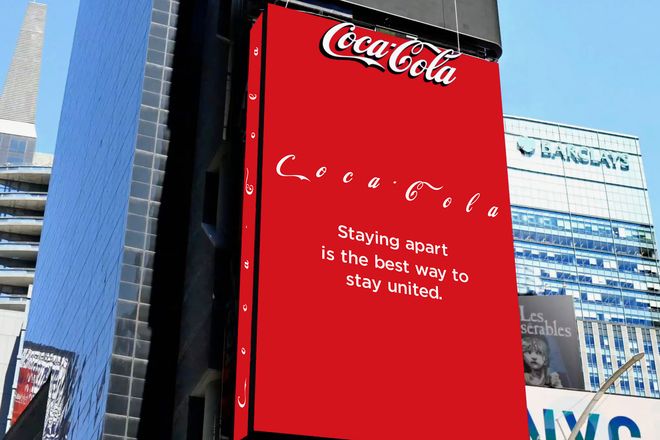
Reactive Marketing Is at Peak of Its Popularity
As a matter of fact, reactive marketing started thriving after the dramatic appearance of COVID-19 which disrupted people’s lives. But it wasn’t that ruinous for some companies. They actually used it to their benefit. And their responses to the pandemic were brilliant.
Alcohol businesses nailed it by reacting to the coronavirus in their own way.
The research shows that an alcohol advertisement popped up every 35 seconds on Instagram and Facebook in front of people’s eyes in 2020.
Importantly, 66% of the alcohol ads mentioned in the study had “Get offer” or “Shop now” buttons. Effective calls to action “nourish” a reactive marketing campaign, as they provoke a desirable chain of further reactions expected from customers. They get attracted, buy products, give kudos, write comments/reviews, and so on.
Now consider this. In the US only, alcohol sales were boosted by 234% during March 2020. If you take alcohol delivery services, Drizly, for example, saw a whopping 400% increase in sales during that period.
Look at some more advantages of reactive marketing.
Why Bother With a Reactive Marketing Strategy?
Why do you think RedBull, Heineken, LEGO, and other world-famous brands apply reactive marketing to their brands?
It’s worthwhile to use this marketing model due to several essential reasons. It helps you do the following:
- Grow sales
- Keep your company up-to-date and relevant
- Boost engagement with your audience
- Build stronger connections with customers
- Enhance brand recognition
- Show inventiveness and originality
- Expand your target demographic
As for the latter, you can become an authority figure in new markets and expand your eCommerce business globally with a winning reactive marketing strategy.
How do you make an effective reactive marketing campaign? Follow the guidelines below.
Ultimate Guide to Applying Reactive Marketing to Your Brand
1. Prioritize the Top Five Categories
Clearly, you should monitor everything so as not to miss out on an important event: news headlines, tweets, etc. But there are some topmost categories that resonate with people more. Here they are:
Sports
Give priority to sports events and competitions, in the first place.
Volvo, for example, applied a reactive marketing tactic during the Super Bowl. They encouraged fans to tweet the name of someone to get a chance and win the XC60 model with the hashtag #VolvoContest when they watched any car advertisement during the event.
The company shifted the viewers’ focus from the car commercials on TV to Twitter and made them talk about Volvo there. While the campaign resulted in over 55,000 tweets with the brand’s name and 230M earned media impressions, the Volvo XC60 itself had a 70% growth in sales in the month after the Super Bowl.
Movies, Series, TV shows, etc.
Winter is coming…
When HBO released the Game of Thrones TV series and the phrase went viral, its stardom was rapidly caught and put to work by marketers worldwide.
E.g., RichesMonts reacted with the “Winter is coming” ad. The company offered a variety of hot cheeses to accompany winter meals.

Pepsi, Hotstar, SodaStream, KFC, and others also burst with Game of Thrones-inspired ads.
Similarly, Heineken and Nando rocked their audiences with reactive marketing campaigns in the midst of the Squid Game “fever”.
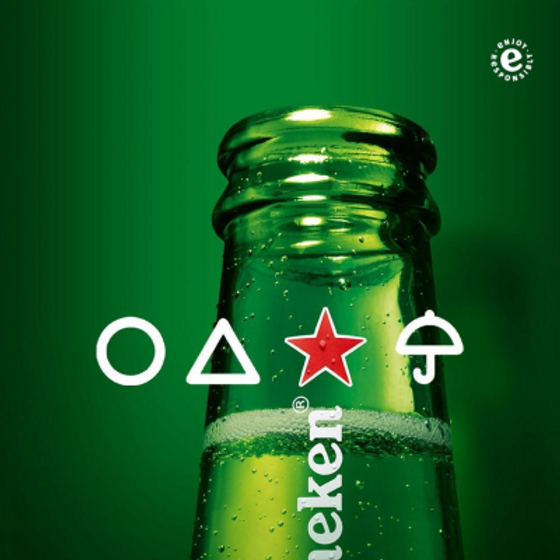
Environment
Did you know that 88% of customers tend to be more loyal to brands that express ecological consciousness and address issues that arise in the environment?
“Your reactions should be in line with sustainable living principles,” emphasizes Michael Nemeroff, CEO & Co-Founder of Rush Order Tees.
“California was the first state to impose a plastic bag ban in August 2014. So, we reacted to it instantly by offering our customers a range of sustainable bags made of recycled materials, aside from the Econscious and EcoSmart T-shirts we already had. As a result, we received tons of positive feedback from our customers and grew sales considerably,” Michael notes.
Famous figures (celebrities, influencers, etc.)
After Cristiano Ronaldo had been spotted removing Coca-Cola bottles from a Euros press conference and favoring water instead, Ikea Canada created a reusable and sustainable “Cristiano” bottle explicitly marketed for water only.
Reacting to celebs’ behavior and utterances on social networks can help you interact with your audience on a new level and increase conversions, as well as revenues.
Innovations
LEGO posted their mockery image on social media just several days after Elon Musk had unveiled Tesla’s first electric pickup – the Cybertruck.

2. Harness the Power of Weather
A great example of weather-based marketing is Stella Artois’ response to the temperature rise. The brand ran a weather-responsive ad campaign with its Cidre label.
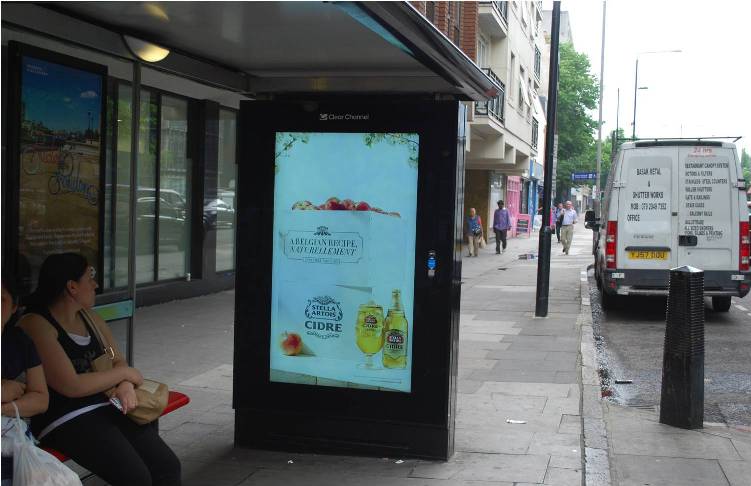
The company experienced a 65.6% growth in year-to-year sales during that period. Due to virality on social networks, as they posted the ad on Instagram, Twitter, and Facebook, this move also earned them beyond £15,000 in media value.
You may create Instagram story ads that convert and show your brand’s reaction to changes in the weather.
Alternatively, go with automatic sensory visuals like, for example, giant billboards that can wow your audience reacting to the weather conditions instead of you. Audi used those successfully in the UK.
3. Create a Well-Thought Reaction
You’ve got only 2 seconds to make your advert work and lure customers to click.
That’s why you need to write compelling ad copy and a well-thought message.
Kyle Zien, Director of Growth Marketing at Felix, a group of licensed healthcare practitioners, shares their company experience with reactive marketing and adverts:
“With the advent of COVID-19 and the lockdown announced in the country, we shifted towards medication shipment to the door, according to the auto-refill schedule.
Additionally, we experimented with two phrases in our advertisements: You’re in good hands vs You’re safe, cause you’re in good, clean, and sanitized hands. The latter gave us a 23% increase in ordered prescriptions as a result of using powerful words that convert: safe (power word) and sanitized (health-related, viral word at that time).”
Use the following power words to increase your click-through rate:
- Free
- Safe
- Gift
- Shocking
- Secret
- Easy
- Sensational, etc.
4. React as Quickly as Possible (Timing Is King)
Don’t be too late with your reaction.
Do you remember Trump’s “covfefe” tweet?
If not, here it is.
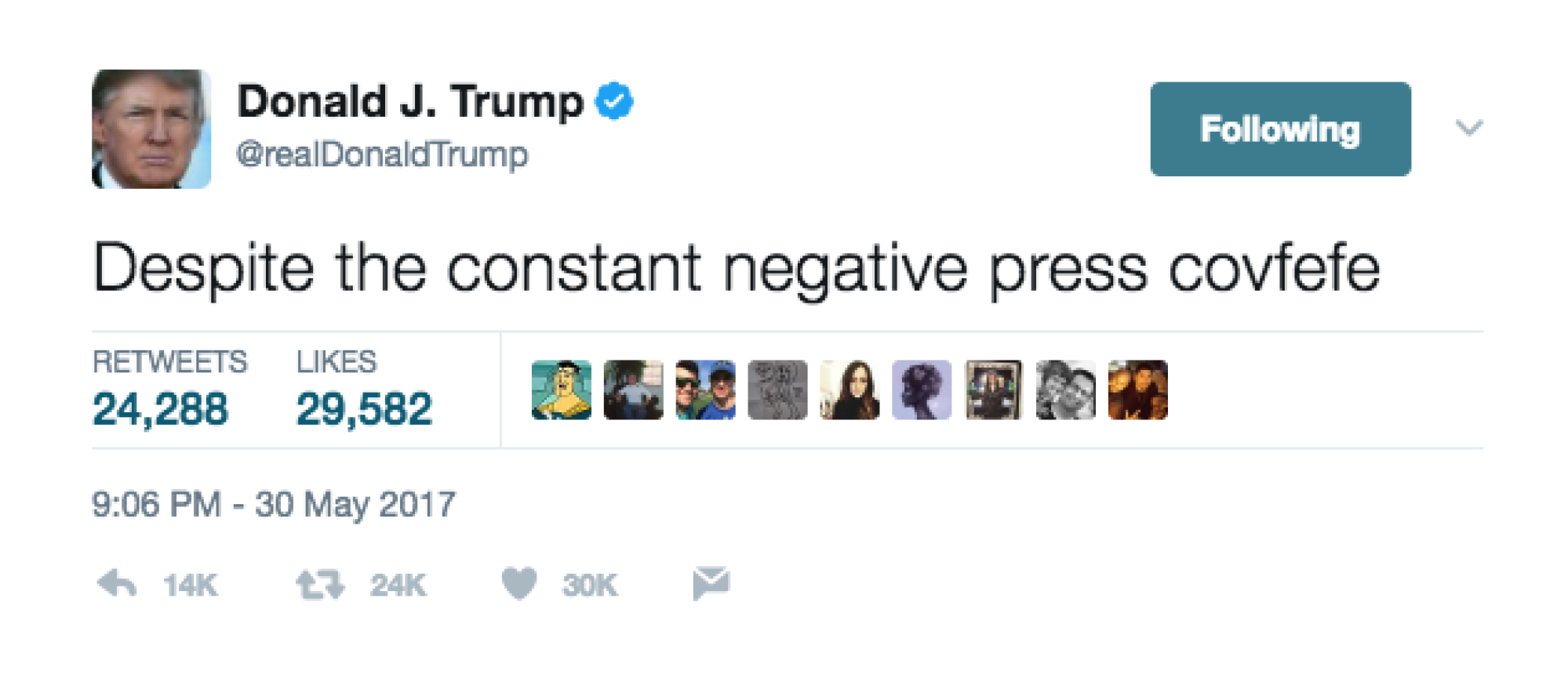
Tons of covfefe T-shirts and coffee mugs materialized on the web just a few hours after the tweet went viral.
And when the noise didn’t subside even in a couple of months, some marketers started publishing covfefe books.
Derian Designs Coloring, for example, released The Wisdom of the Covfefe: Coloring Book.
Others immediately incorporated this word into the article titles of their content plans for blogs.
You can react by combining content marketing with PPC and get even more profits. But note: timing is everything. The sooner you do it, the higher results you may get.
5. Make an Emotional Appeal
Your advertisement, as a possible reaction to an event, should be both visually striking and emotionally compelling.
Follow the piece of advice by Jerry Han, CMO at PrizeRebel. He says that “You should go emotional and use emojis in your reactive marketing campaign. When the Fortnite game was released in 2017, we added a dedicated Fortnite gift card to Rewards and won the audience over with just a small announcement for a targeted group. The survey participation rate grew by nearly 600%. The subject line of the email we sent out to our users was:
Hey, wanna save the world? Take a survey and get your Fortnite gift card today! ?”
You may also give preference to reactive video ads. Add a pinch of emotion and on you go!
6. Stick To Shorter Messages
The more laconic your message is, the more likely it will do the trick and break the Internet.
When KFC faced a chicken shortage in 2018, they showed their emotions and attitude to the situation and apologized to their customers. They turned their abbreviation into “FCK” and wrote the “We’re sorry” note. People couldn’t stop raving about such a creative apology.
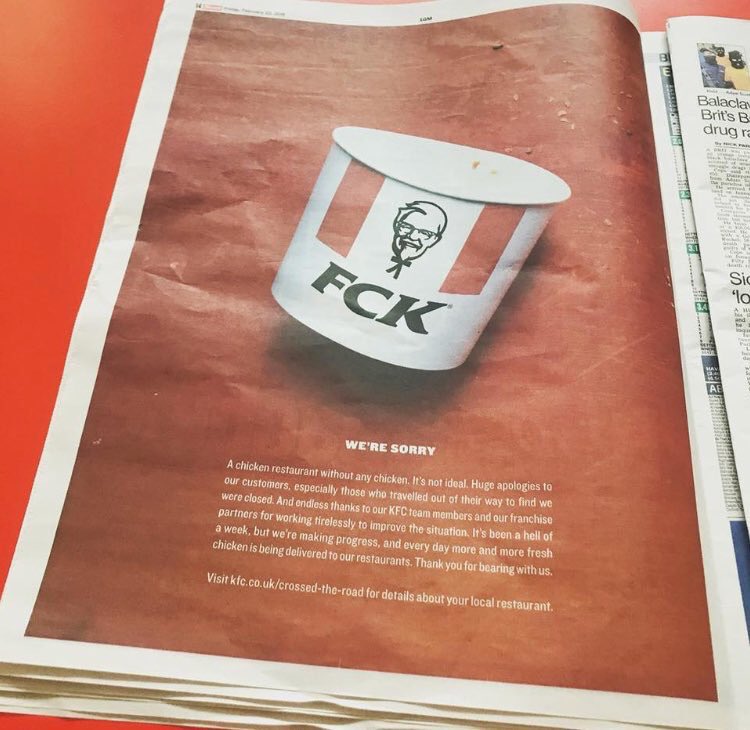
Blend It With Social Media Marketing
About two weeks into the pandemic crisis, a small business Moriarty’s Gem Art started YouTube live-streaming which resulted in tons of sales. One of the shows generated $12,000 in revenue, while another helped them make a $20,000 sale. The key point here: they advertised their live streams via email, website, and social media.
When aiming to be seen online with your reactive ad, the first thing you should do is monitor social media marketing trends. Afterward, find the proper strategy and the right moment for your reactive advertisement. Use this cheat sheet by SocialBee to check the best times to post on Facebook, Instagram, Twitter, LinkedIn, Pinterest, Google Business Profile, and TikTok for more engagement.
Catch the hype and mix it with social media advertising to fire up the crowd and get the anticipated results.
Ready to React Fast to Anything With a Proper Marketing Campaign?
Now you know the fundamentals of reactive marketing, its benefits, and the proven ways to apply it to your brand.
A strong, reactive marketing strategy should be your go-to solution in a digital post-pandemic world.
Stay always tuned, demonstrate your brand’s relativity to everyday happenings, and engage with your audience even more effectively than ever.




